Remembering the Jai Alai building
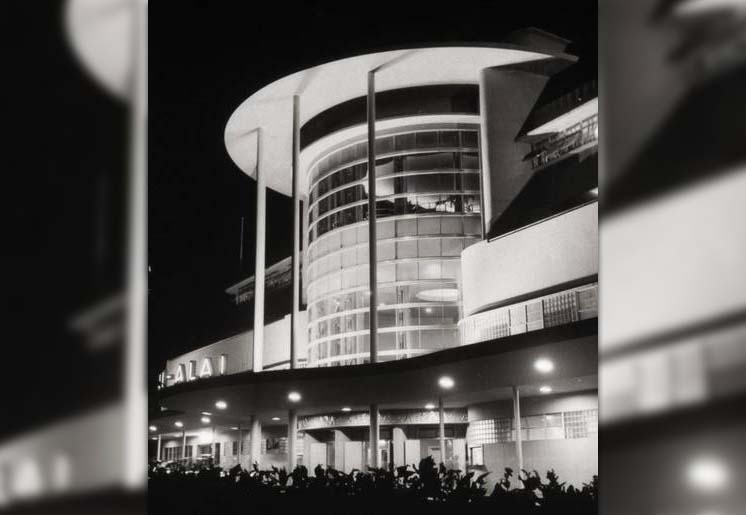
The year 2000 marked a turning point in Philippine heritage conservation advocacy. That was when the iconic Jai Alai Building in Manila was demolished to supposedly give way to a hall of justice building.
Due to this incident, the fervor to save Philippine patrimony increased, eventually resulting in the passage of the 2009 heritage law amended in 2023.
It also gave rise to the group Heritage Conservation Society (HCS), which fought against the demolition of the building designed by Welton Becket and completed in 1940. Becket was best known for his design of the Los Angeles International Airport in the United States.
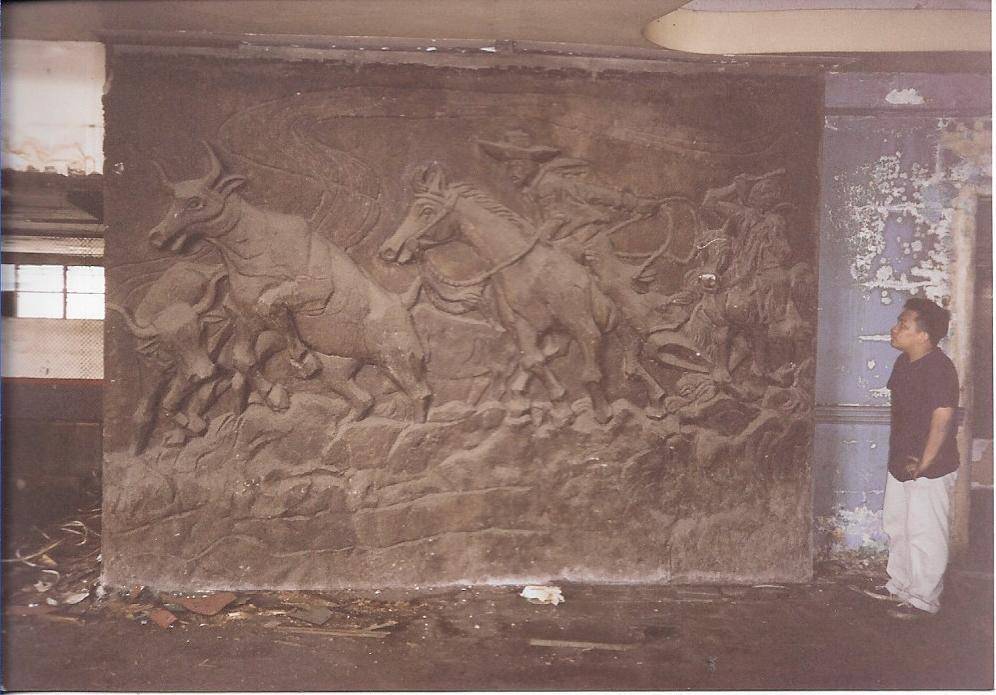
A fledgling organization at that time, it vehemently opposed the demolition, citing the building’s historical and architectural significance.
However, its action, together with the protests from other groups, activists, and individuals, was to no avail as the local government proceeded with the demolition in July that year.
This year marks the 25th anniversary of that fateful event in the plight to save Philippine cultural patrimony.
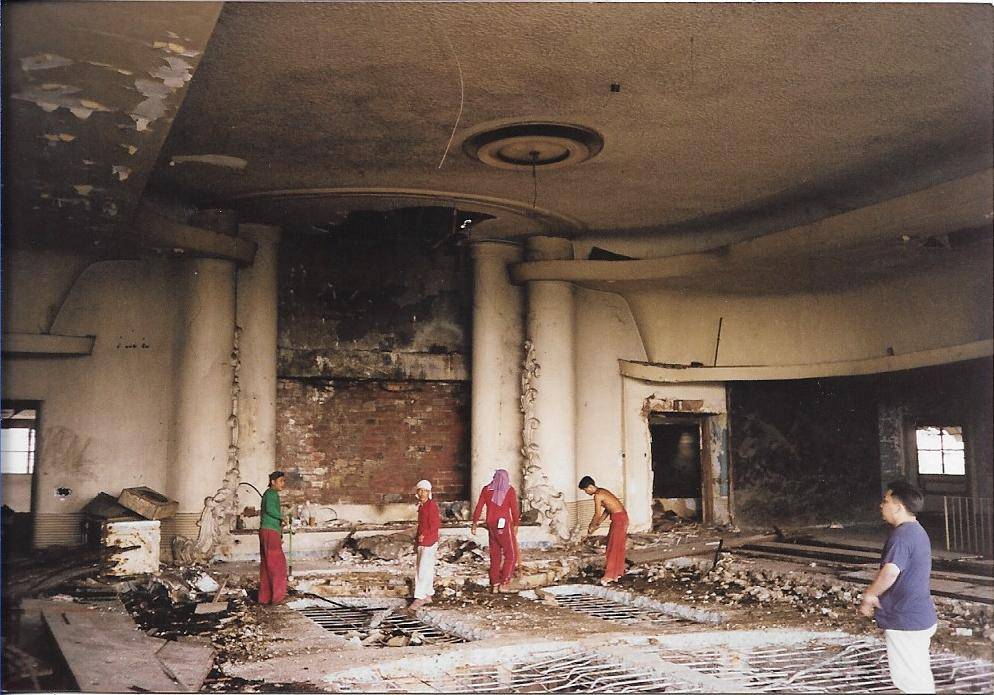
Finest Art Deco
Prior to its demolition, the building fell into disuse for years following the banning of the jai alai game during the martial law years.
Heritage advocates contended that the structure should have been preserved and reused for other purposes as it was an architectural landmark, being one of the finest Art Deco buildings in Asia.
Tats Manahan of HCS said in a recent interview with Lifestyle that the building could have been used as an events space, a boutique hotel, or something of significance.
She pointed out as examples the Metropole Hotel in Venice and the Via Bocca di Leone apartment in Rome, both in Italy, which were adaptively reused without destroying anything.
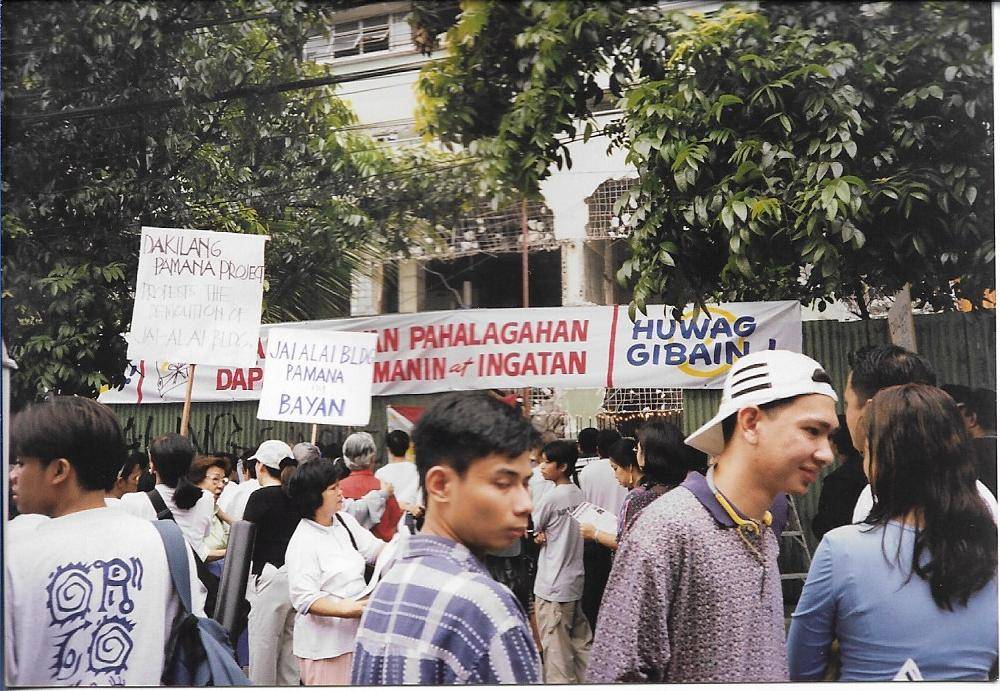
She said that a building’s “bad” past can be gentrified just like the one in Rome which was formerly a brothel. This was applicable to the Jai Alai Building whose image was tainted with gambling.
“Can you imagine what it could have been?” she asked.
For architect Dominic Galicia, “the Jai Alai Building could have been a perfect example of adaptive reuse, transformed into a judicial court building or an educational institution or some other purpose.”
Galicia was able to document the demolition of the building when he stepped outside the balcony while the hydraulic jackhammer was demolishing a section underneath.
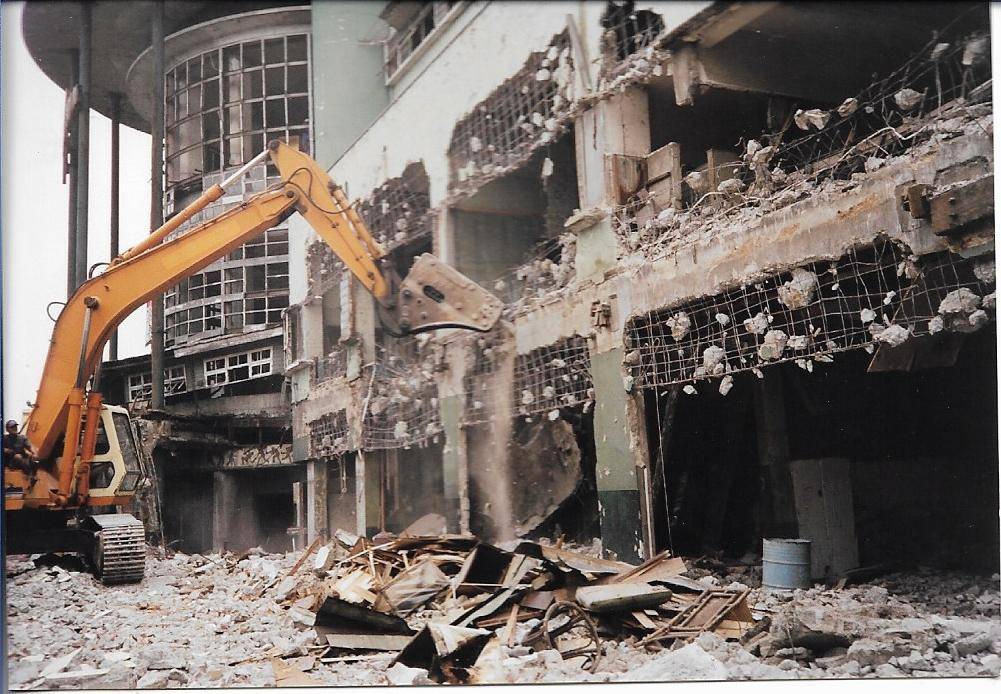
Regrettable
He added that “in fact, by this time, 25 years hence, it could have been undergoing its next transformation. Who knows?”
Along with other heritage advocates, he still laments the loss of the iconic structure, describing the demolition as regrettable.
“As long as the building was still standing, whatever the use, the story of the city would have been told. Sayang talaga (It’s a pity),” he said.
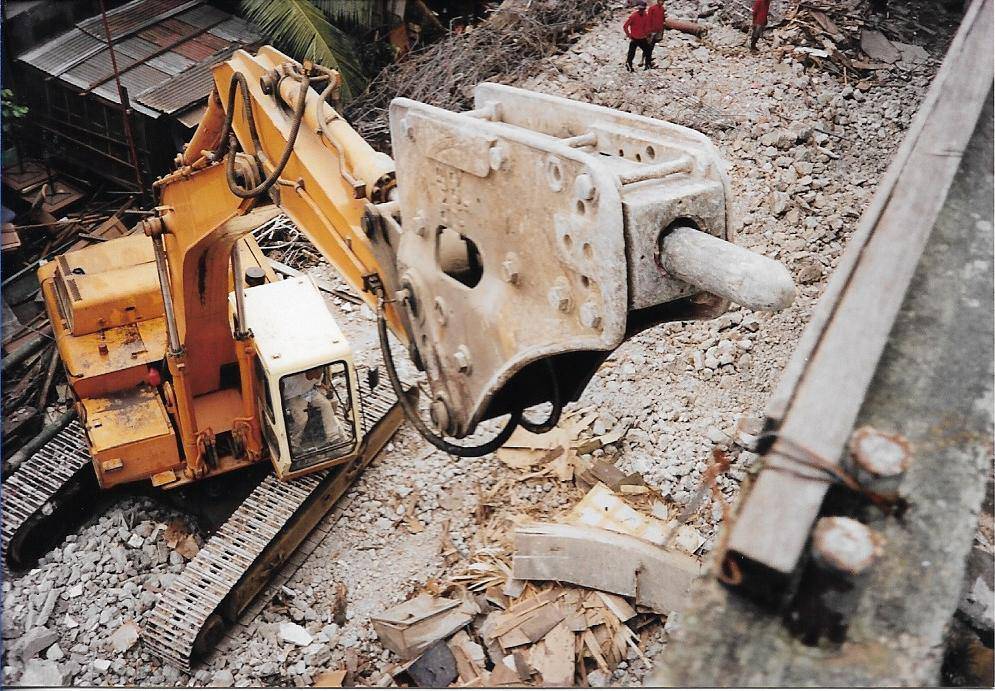
The Jai Alai Building did not only function as a structure where the jai alai game was played, but was also a place of many social events for Manila’s elite.
It was a four-story structure with restaurants and bars, a roof garden, gaming rooms, and a central section of glass called the Sky Room, a well-known dining place then for high society.
All of these were lost in the demolition, including the distinct Art Deco windows and a beautiful relief of horsemen chasing bulls.
For 25 years now, the area where it stood has been an empty lot sandwiched by Taft Avenue and the equally controversial Torre de Manila Building.

















